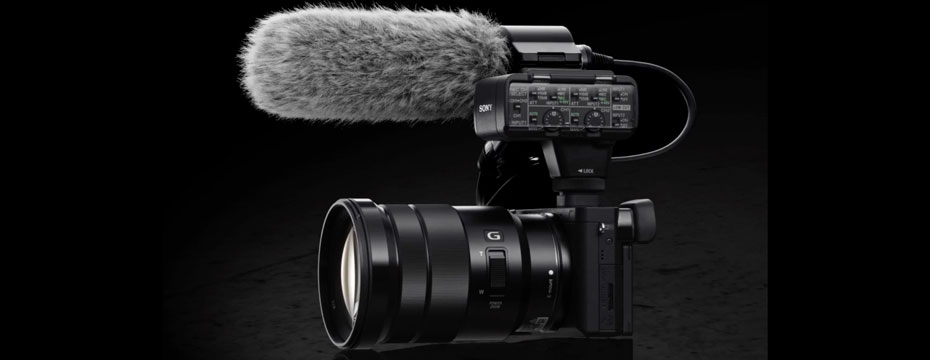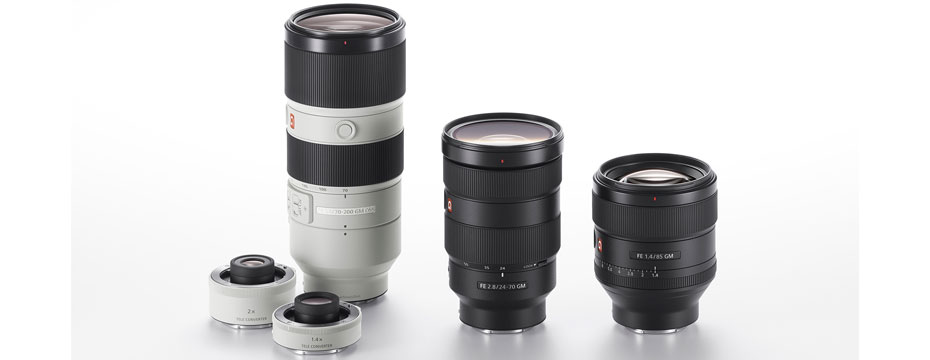
Specular Reflection
Most of us as photographers have heard the term “Specular Reflection.” Certainly all of us have seen examples of it. But just what does “specular reflection” mean in a technical sense, and how does it impact our photographs? Reflections on still water, as in the above image of Tso Moriri Lake, Kashmir, India, from Wikipedia or my own “Yellow Sunrise Over Campeche” below are excellent examples of specular reflection in a positive sense. However, there is a darker more problematic side. Specular reflections are also responsible for some older film lenses not being suitable for use on modern digital cameras. The reasons why get quite technical, so those interested will need to hang on and bear with me as it does get a bit thick. Anyway, here are the details as I (and Wikipedia*) understand them.
“Specular reflection is the mirror-like reflection of light from a surface, in which light from a single incoming direction (a light ray) is reflected into a single outgoing direction. Such behavior is described by the Law of Reflection, which states that the direction of incoming light (the incident ray), and the direction of outgoing light reflected (the reflected ray) make the same angle with respect to the surface normal, thus the angle of incidence equals the angle of reflection ( in the figure), and that the incident, normal, and reflected directions are coplanar. This behavior was first discovered through careful observation and measurement by Hero of Alexandria (AD c. 10–70).
in the figure), and that the incident, normal, and reflected directions are coplanar. This behavior was first discovered through careful observation and measurement by Hero of Alexandria (AD c. 10–70).

Diagram of specular reflection
Specular reflection is distinct from diffuse reflection, where incoming light is reflected in a broad range of directions. An example of the distinction between specular reflection and diffuse reflection would be glossy and matte paints. Matte paints have almost exclusively diffuse reflection, while glossy paints have both specular and diffuse reflection. A surface built from a non-absorbing powder, such as plaster, can be a nearly perfect diffuser. On the opposite side, polished metallic objects can specularly reflect light very efficiently. The reflecting material of mirrors as example, is usually aluminum or silver.”
In physics, backscatter (or backscattering) is the reflection of waves, particles, or signals back to the direction from which they came. It is a diffuse reflection due to scattering, as opposed to specular reflection like a mirror. Backscattering has important applications in photography. The term backscatter in photography refers to light from a flash or strobe reflecting back from particles in the lens’s field of view causing specks of light to appear in the photo. This gives rise to what are sometimes referred to as orb artifacts. Photographic backscatter can result from snowflakes, rain or mist, or even dust in the air. Due to the size limitations of the modern compact and ultra-compact cameras, especially digital cameras, the distance between the lens and the built-in flash has decreased, thereby decreasing the angle of light reflection to the lens and increasing the likelihood of light reflection off normally sub-visible particles. Hence, the orb artifact is commonplace with small digital or film camera photographs.
In photography, particularly in digital photography, purple fringing (sometimes called PF) is the term for an out-of-focus purple or magenta “ghost” image on a photograph. This defect is generally most visible as a coloring and lightening of dark edges adjacent to bright areas of broad-spectrum illumination, such as daylight or various types of gas discharge lamps. Backlit scenes of tree limbs against a sunny sky immediately spring to mind as a particularly nasty potential problem unless the lens you are using is very well corrected and even then is particularly difficult to correct in the glass itself. Enhanced correction is possible though using software.
Lenses in general exhibit axial chromatic aberration in which different colors of light do not focus in the same plane. Normally, lens designs are optimized so that two or more (at least three for an apochromatic lens) wavelengths of light in the visible range focus at the same plane. Wavelengths quite different from those optimized in the design process may be severely out-of-focus when the reference colors are in focus; this axial chromatic aberration is usually severe at short (violet) wavelengths. Lens performance may be poor for such wavelengths in other ways too, including an increase in flare due to anti-reflective coatings also being optimized for the expected wavelengths. Older film lenses are particularly subject to this unwanted effect when used on modern Digital sensor based cameras, where more modern designs take this problem into account.
Most film has relatively low sensitivity to colors outside the visible range, so light spread in the near ultraviolet (UV) or near infrared (IR) rarely has a significant impact on the image recorded on film. However, sensors used in digital cameras commonly are sensitive to a wider range of light wavelengths. Although the glass itself filters out much of the UV light in a lens, and all digital cameras designed for color photography incorporate filters over the sensor to reduce red and IR sensitivity, the chromatic aberration can be sufficient for bright out-of-focus violet light to tint nearby dark regions of the image. Bright, cloudy or hazy skies are strong sources of scattered violet and UV light, so tend to exhibit the more extreme examples of the problem. Those of us who owned the Leica M8 digital camera will remember well this “Purple” color shift being particularly extreme in black areas when the camera was used without an additional IR blocking filter on the front of the lens.
But the term purple fringe used to describe one aspect of chromatic aberration dates back to at least 1833, when it was first discussed by Sir David Brewster in his writings. However, Brewster’s description with a purple fringe on one edge and a green fringe on the other is a lateral chromatic aberration. A general defocus of the shortest wavelengths resulting in a purple fringe on all sides of a bright object is the result of an axial or longitudinal chromatic aberration. Quite often these effects are mixed in an image. Axial chromatic aberration is more subject to reduction by stopping down the lens than lateral chromatic aberration is, so the purple fringing can be very dependent on f-stop number; a larger f-stop number (smaller aperture) reduces axial aberration.
So there you have it. Probably more than any sane photographer ever needs to know on the subject, but a sure fire winner at your next photo workshop or game of Trivial Knowledge.
*Source: http://en.wikipedia.org/wiki/Specular_reflection
Please Rate This Story! [ratings]
[pro_ad_display_adzone id=”5″]









